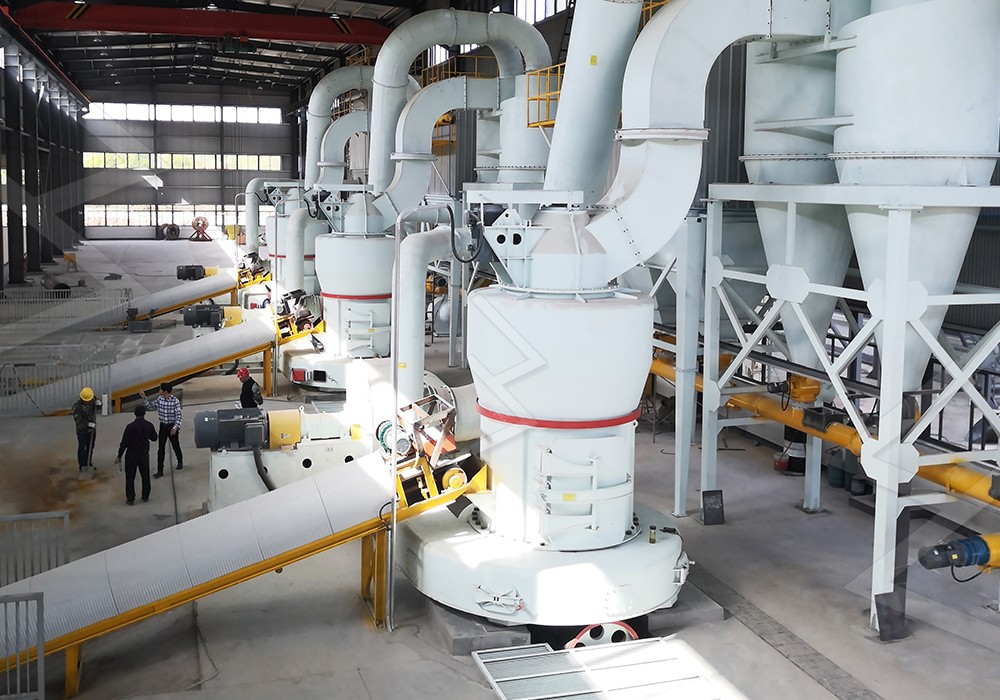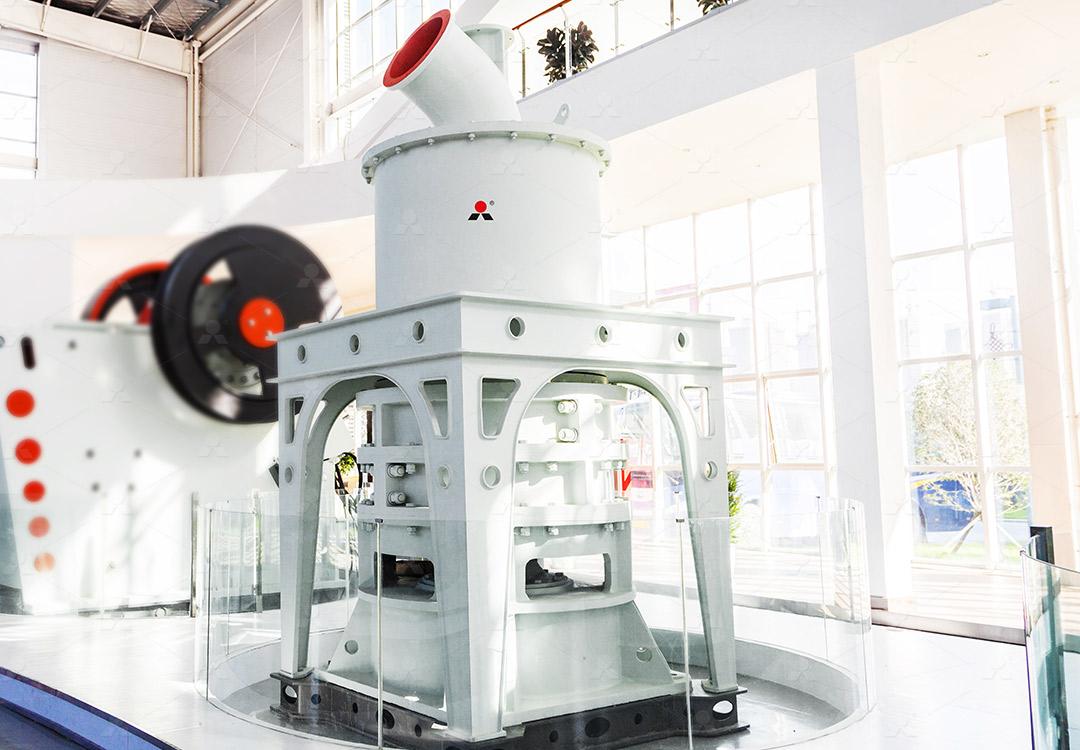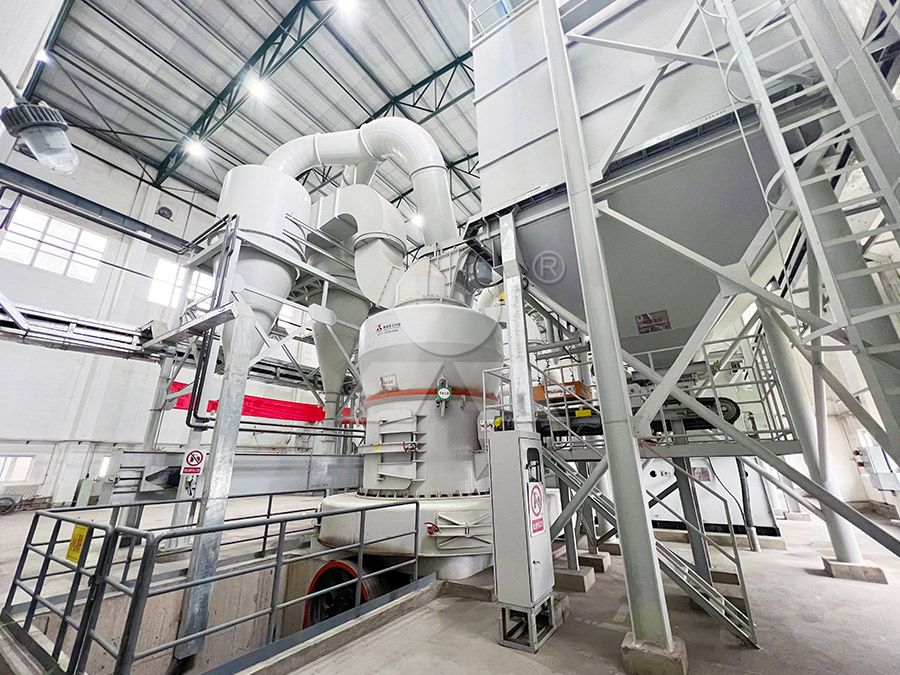Innovative Applications of Talc Powder in Modern Paper Manufacturing Processes
Innovative Applications of Talc Powder in Modern Paper Manufacturing Processes
The paper manufacturing industry has undergone significant transformations in recent decades, with talc powder emerging as a versatile and valuable additive that enhances both production efficiency and final product quality. Traditionally used as a filler material, talc’s role has expanded to include pitch control, improved smoothness, enhanced opacity, and reduced energy consumption during production.

Advanced Functional Benefits of Talc in Paper Production
Modern paper mills leverage talc’s unique platelet structure and hydrophobic properties to achieve remarkable improvements in manufacturing processes. As a pitch control agent, talc effectively absorbs and neutralizes sticky wood resins that can cause production disruptions and quality issues. The mineral’s natural affinity for organic contaminants makes it particularly valuable in recycling operations, where contaminant levels can be challenging to manage.
Beyond contamination control, talc significantly enhances paper’s optical properties. When used as a filler, it improves brightness, opacity, and smoothness while maintaining excellent printability. The platelet structure of high-quality talc creates superior light scattering effects, allowing paper manufacturers to reduce basis weight without compromising performance characteristics.
The Critical Role of Particle Size Distribution
The effectiveness of talc in paper applications heavily depends on achieving optimal particle size distribution. Ultra-fine talc powders with carefully controlled particle sizes provide superior performance in modern paper coating formulations. The precision in particle size directly impacts coating uniformity, surface smoothness, and ink receptivity in premium paper grades.

For paper manufacturers seeking consistent, high-performance talc powders, the MW Ultrafine Grinding Mill represents an ideal solution. This advanced grinding system processes talc with input sizes of 0-20 mm and capacities ranging from 0.5-25 tph, making it suitable for various production scales. The mill’s ability to produce powders with fineness between 325-2500 meshes ensures paper manufacturers can achieve the exact specifications required for their specific applications.
Environmental and Efficiency Considerations
Contemporary paper manufacturing increasingly prioritizes sustainability and energy efficiency. Talc contributes to these goals by enabling lower-temperature drying processes and reducing the need for synthetic chemicals. Furthermore, advanced grinding technologies have evolved to support these environmental objectives.
The MW Ultrafine Grinding Mill incorporates efficient pulse dust collection and noise reduction systems that minimize environmental impact during talc processing. With energy consumption approximately 30% of traditional jet grinding mills and production capacity 40% higher, this technology supports the paper industry’s sustainability targets while maintaining high-quality talc powder production.
Specialized Applications and Future Directions
Innovative paper products continue to emerge that leverage talc’s unique properties. In release paper manufacturing, talc provides excellent anti-blocking characteristics. For food-grade packaging, its chemical inertness and purity make it an ideal choice. Specialty papers, including decor papers and label stocks, benefit from talc’s ability to improve dimensional stability and surface properties.

Another notable solution for paper-grade talc production is the LUM Ultrafine Vertical Grinding Mill, which handles input sizes of 0-10 mm with capacities of 5-18 tph. This mill’s unique roller shell and lining plate grinding curve design generates material layers more effectively, producing talc powders with enhanced whiteness and cleanliness – critical factors for premium paper applications.
Technical Integration and Process Optimization
Successful integration of talc into paper manufacturing requires careful consideration of multiple factors. The choice between coating-grade and filler-grade talc depends on specific application requirements, with coating applications typically demanding finer particle sizes and tighter size distribution. Modern paper mills utilize sophisticated dosing systems that ensure precise talc addition rates, optimizing performance while controlling costs.
The design of advanced grinding equipment addresses several practical concerns in talc processing. The MW Ultrafine Grinding Mill’s elimination of rolling bearings and screws in the grinding chamber prevents common failure points, while external lubrication systems enable continuous 24-hour operation – crucial for maintaining consistent paper production schedules.
Frequently Asked Questions
What particle size range is most effective for talc in paper coating applications?
For most paper coating applications, talc powders in the range of 1250-2500 meshes provide optimal performance, balancing smoothness, opacity, and ink receptivity. The MW Ultrafine Grinding Mill can precisely control fineness within this range.
How does talc compare to calcium carbonate as a paper filler?
While both minerals have their place in paper manufacturing, talc offers superior pitch control properties and better compatibility with recycled fibers. Its hydrophobic nature makes it particularly valuable in systems with high wood resin content.
What production capacity should paper manufacturers consider for talc grinding equipment?
Capacity requirements vary based on paper production volume. The MW Ultrafine Grinding Mill’s scalable capacity from 0.5-25 tph accommodates everything from specialty paper operations to large-scale integrated mills.
How does advanced grinding technology impact talc performance in paper applications?
Modern grinding systems like the MW Ultrafine Grinding Mill produce talc with more uniform particle size distribution and cleaner surfaces, resulting in improved dispersion in paper coatings and more consistent performance throughout the manufacturing process.
